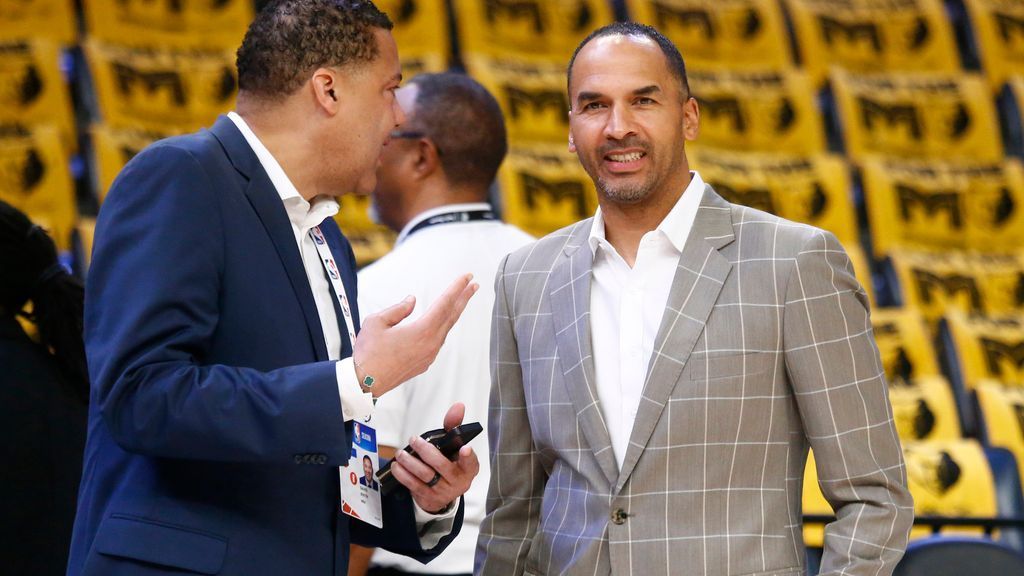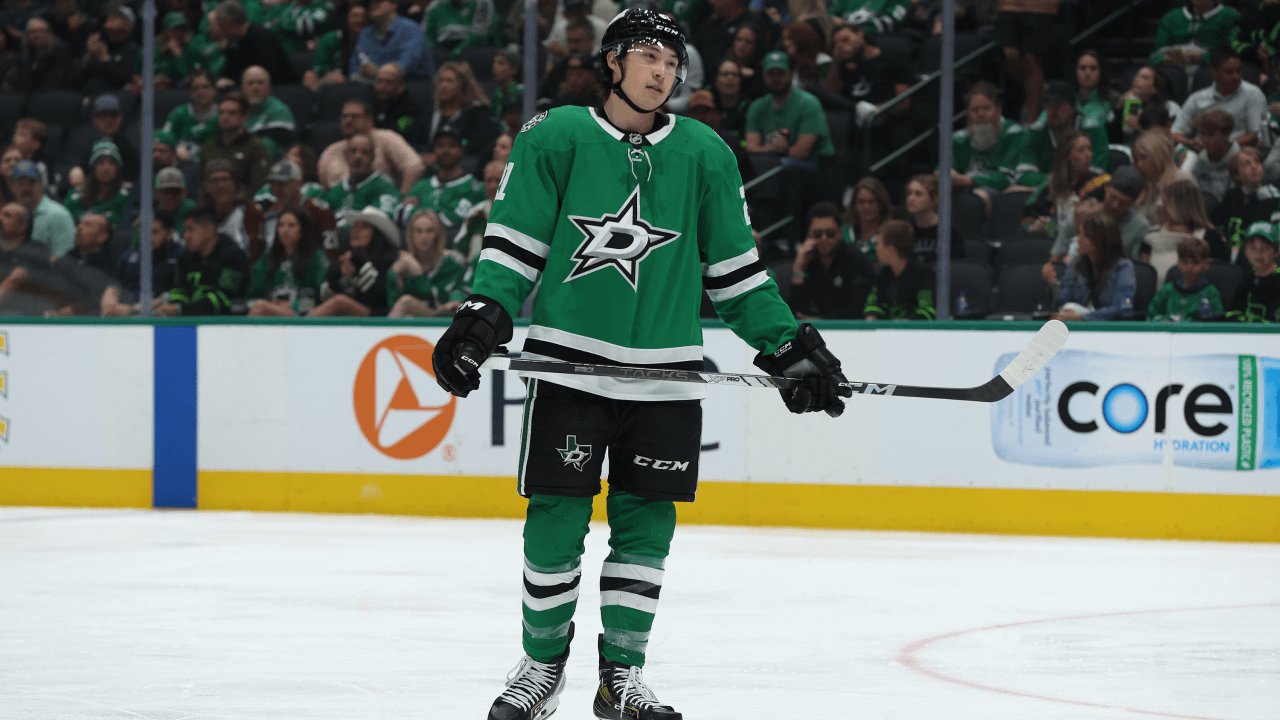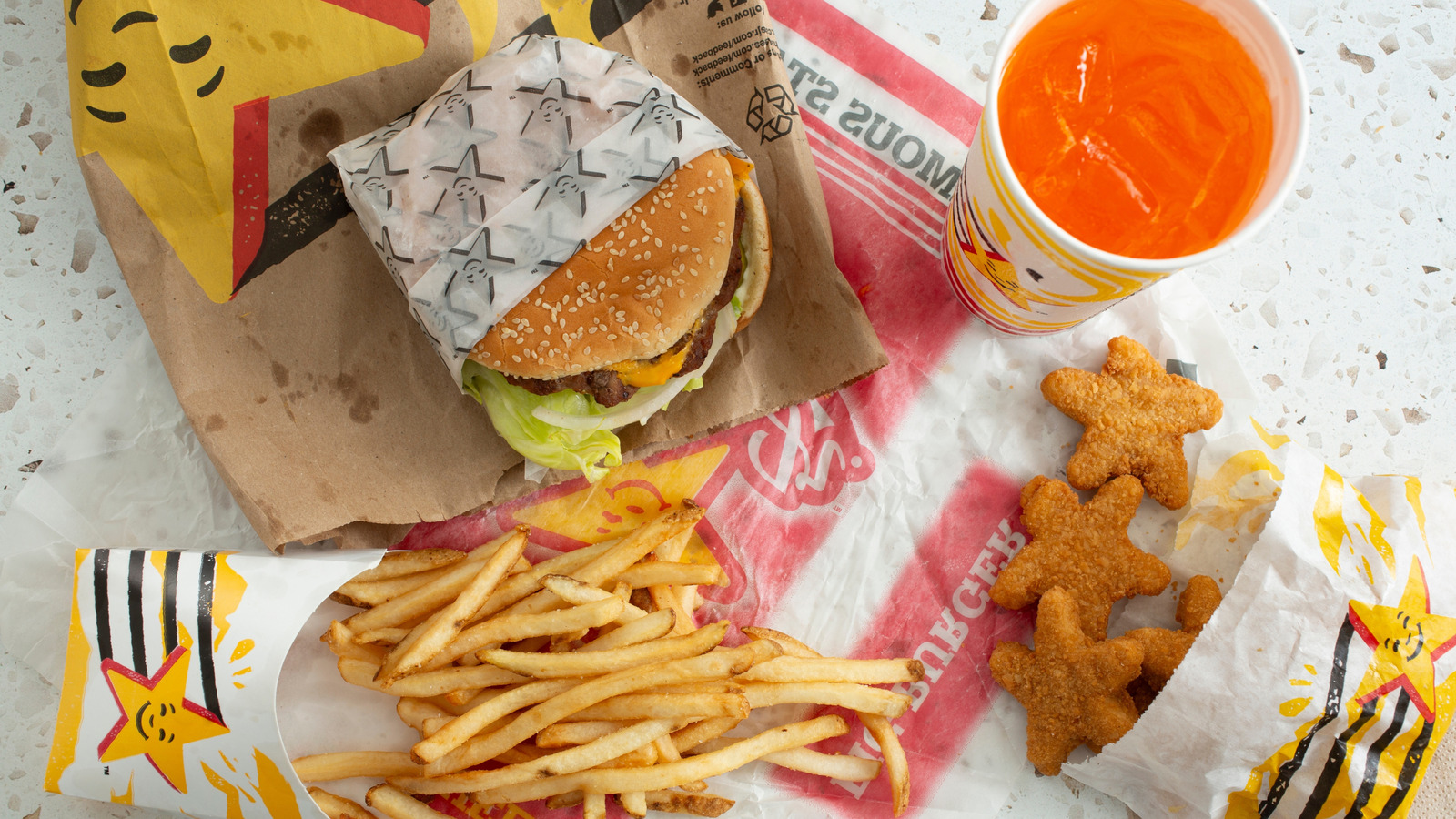
The Paul George Conundrum: A Sixers’ Perspective
The Philadelphia 76ers find themselves at a crossroads, facing a significant decision regarding their veteran forward, Paul George. The team and its fans are eager to see what the future holds for George, especially considering his substantial four-year, $212 million contract. At 34 years old, George’s impact has been a subject of scrutiny, as his production has dipped from his career averages. The question on everyone’s mind is: What’s next for Paul George and the Sixers?
George’s recent performance, with only 41 games played, averaging 16.2 points, 5.3 rebounds, 4.3 assists, and 1.8 steals per game, along with shooting percentages of 43% from the field and 35.8% from beyond the arc, has raised concerns. These numbers are notably lower than his established career norms, suggesting a decline in his overall effectiveness. The Sixers must carefully assess whether George’s current output justifies his hefty contract, considering his age and the potential for further production decline. This situation presents a challenge, as they weigh his contributions against the team’s long-term goals and financial flexibility.
The team’s management is undoubtedly considering various options to maximize their chances of contention. One potential avenue is exploring trade opportunities. This could involve assessing George’s trade value and the potential return they could receive. A trade could not only provide financial relief but also bring in assets that could contribute to the team’s future success. However, trading George also carries risks, as it could disrupt team chemistry and require adjustments to the roster. The Sixers’ front office must meticulously evaluate the potential benefits and drawbacks of each course of action, aiming to make the best decision for the team’s overall objectives.
The Zack LaVine Option: A Fresh Start?
In the pursuit of bolstering their roster and revitalizing their offensive capabilities, the Sixers could turn their attention to Zack LaVine as a potential acquisition. The Chicago Bulls’ shooting guard, at 30 years old, brings a different skill set and a potentially more favorable trajectory to the team. LaVine’s ability to score in volume and create his own shots could provide a valuable dimension to the Sixers’ offensive arsenal. This addition could give them more offensive firepower and options to open the floor. The question is: does LaVine make sense for the Sixers?
LaVine’s durability and ability to stay on the court could be a significant advantage for the Sixers. He has shown resilience, playing in a considerable number of games throughout his career. This availability would offer the team a reliable and consistent presence on the court, especially if they are looking for a player that they can depend on. This reliability is particularly crucial in a sport where injuries can easily derail a team’s ambitions. With his capacity to endure the rigors of the NBA season, LaVine could potentially provide a significant boost to the team’s prospects.
LaVine could seamlessly integrate into the Sixers’ offensive system, providing them with a dynamic scoring threat. His ability to create his own shots and score from various spots on the court could add diversity to the team’s offensive schemes, making them more difficult for opponents to defend. This could alleviate the scoring burden on other players, giving them more opportunities to excel. Moreover, his presence could open up space for other players, creating easier scoring chances and enhancing the team’s overall offensive efficiency. The Sixers might see LaVine’s addition as an opportunity to inject fresh energy into their offensive game.
Weighing the Risks and Rewards
The decision to trade Paul George for Zack LaVine is not without risk. A trade for LaVine would still be a roll of the dice. There is no guarantee he will perform to expectations for the Sixers. Evaluating whether LaVine would be a good fit requires careful consideration of factors like team chemistry, playing style, and long-term roster plans. Furthermore, the Sixers will have to assess LaVine’s injury history and potential contract implications. The Sixers’ front office has to consider the potential impact of such a trade on the team’s performance, finances, and its overall strategic direction.
The Sixers must conduct thorough due diligence, weighing both the potential gains and downsides of each option, to reach the best possible conclusion. The stakes are high, and the decisions made will have a lasting effect on the team’s performance. The franchise must make a calculated decision with a clear understanding of all the implications. This will determine their ability to compete at the highest level. The path forward will depend on meticulous research, thoughtful analysis, and a strategic vision for the future.
Trading Paul George for Zack LaVine would introduce a new set of variables that demand careful consideration. While it could offer some advantages, it also carries inherent risks. This situation reflects the ever-evolving dynamics of the NBA, where teams must constantly adapt and make difficult decisions to stay competitive. These types of strategic decisions show the complexity and challenges faced by NBA franchises.
Concluding Thoughts
Ultimately, the Sixers’ decision regarding Paul George will shape their immediate and long-term future. Whether they choose to retain him, trade him for a player like Zack LaVine, or pursue other avenues, the franchise must carefully weigh the pros and cons of each move. The right decision will be one that aligns with the team’s objectives and gives them the best chance of success. The Sixers have a tough decision ahead of them.


